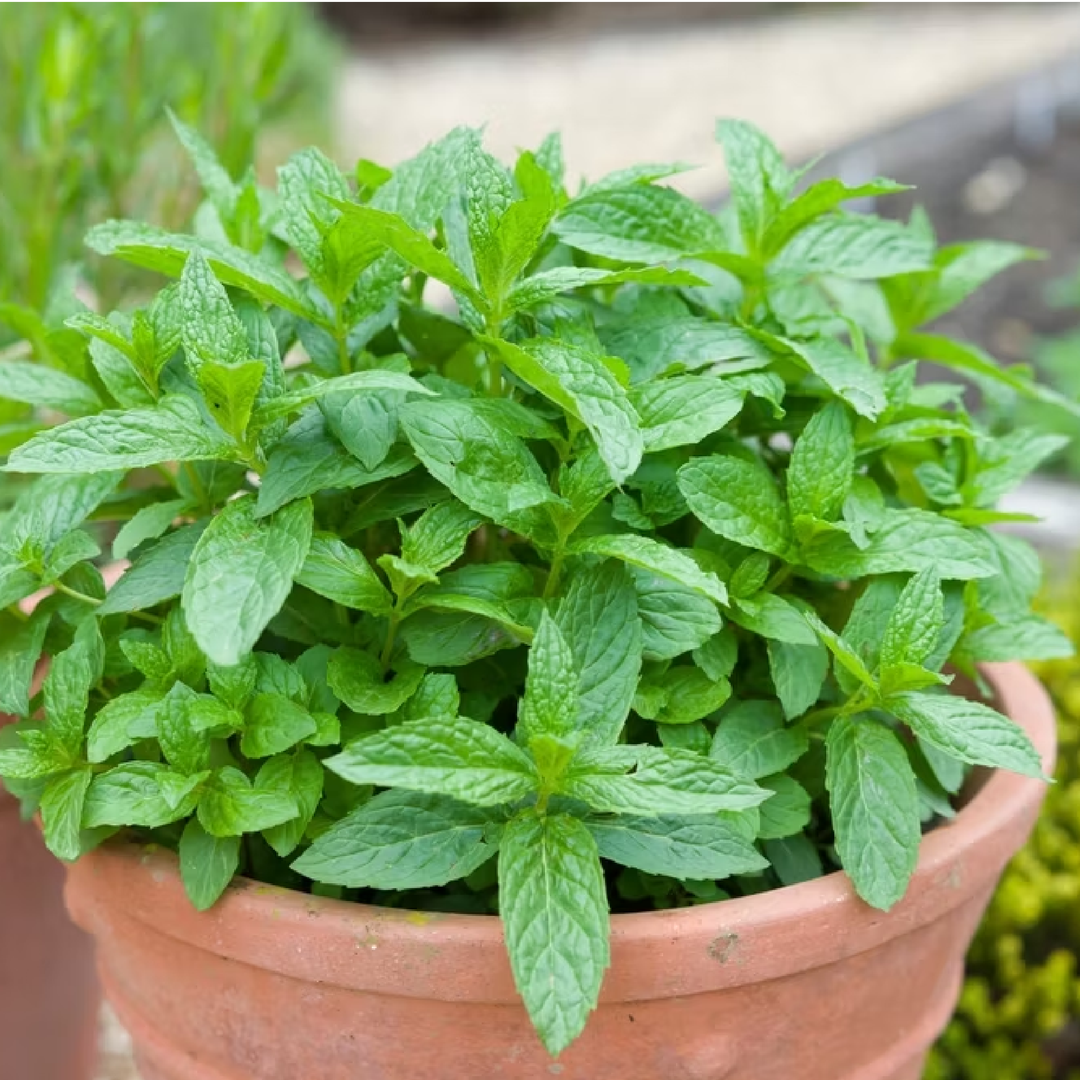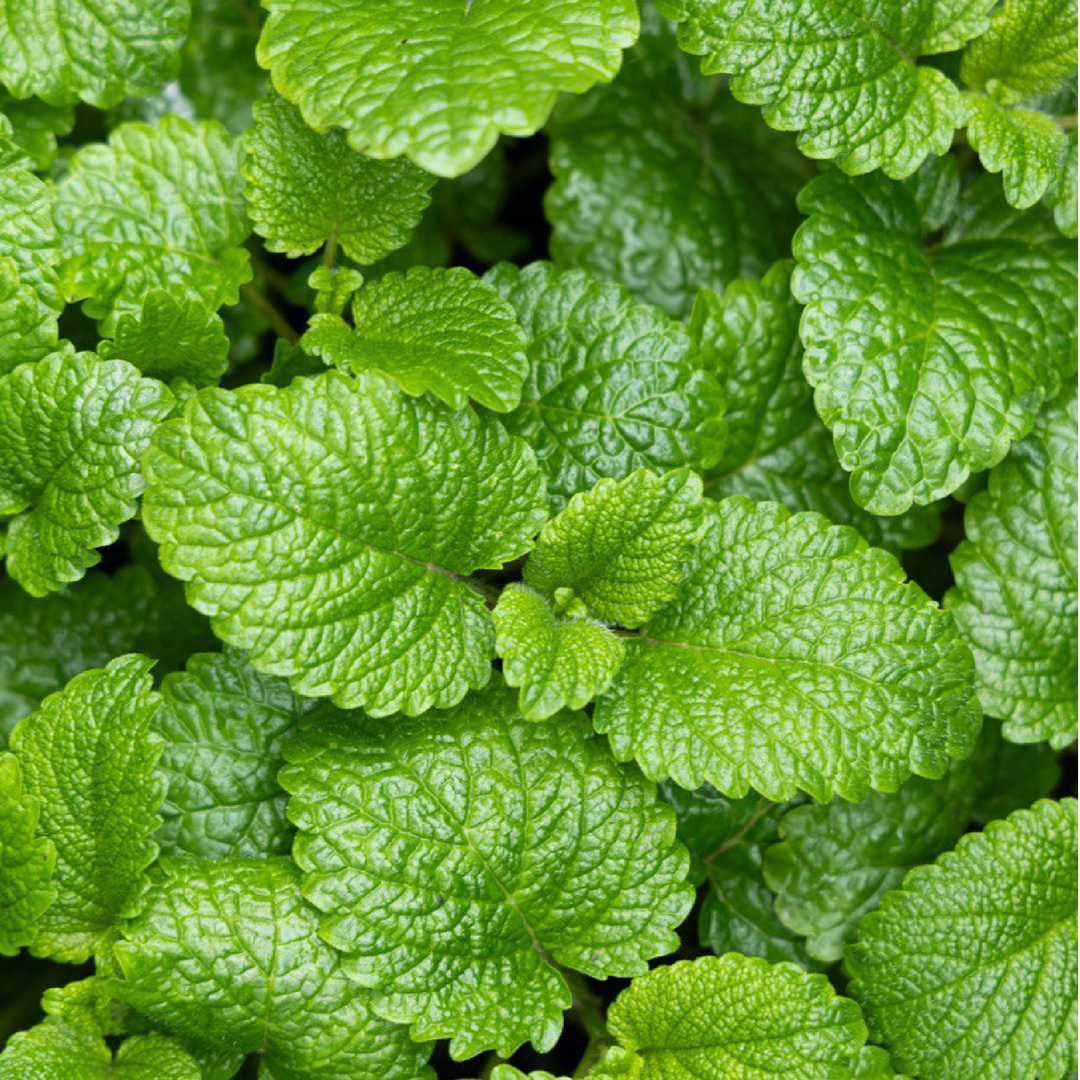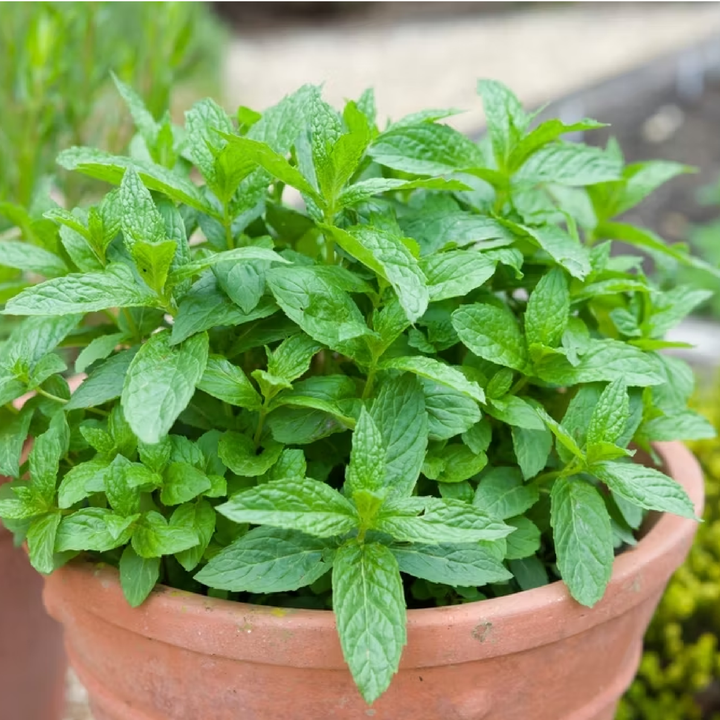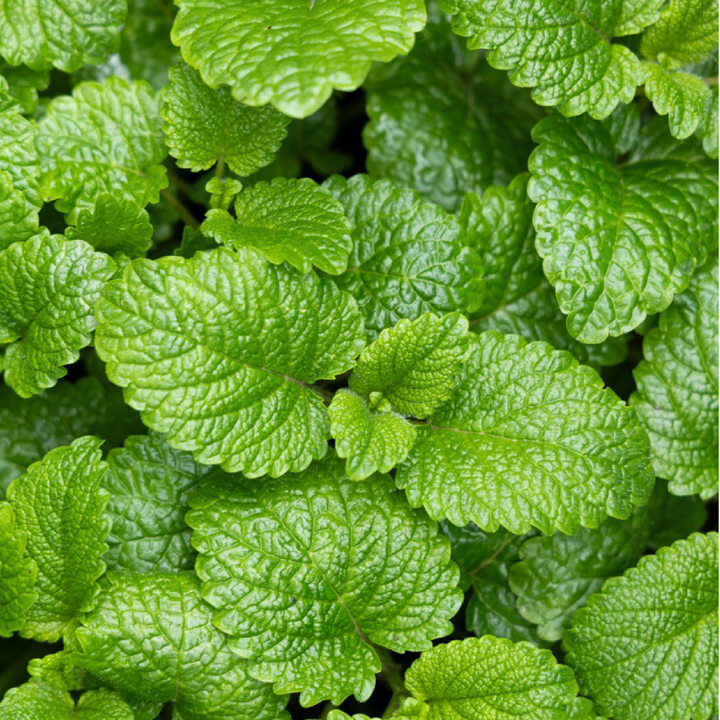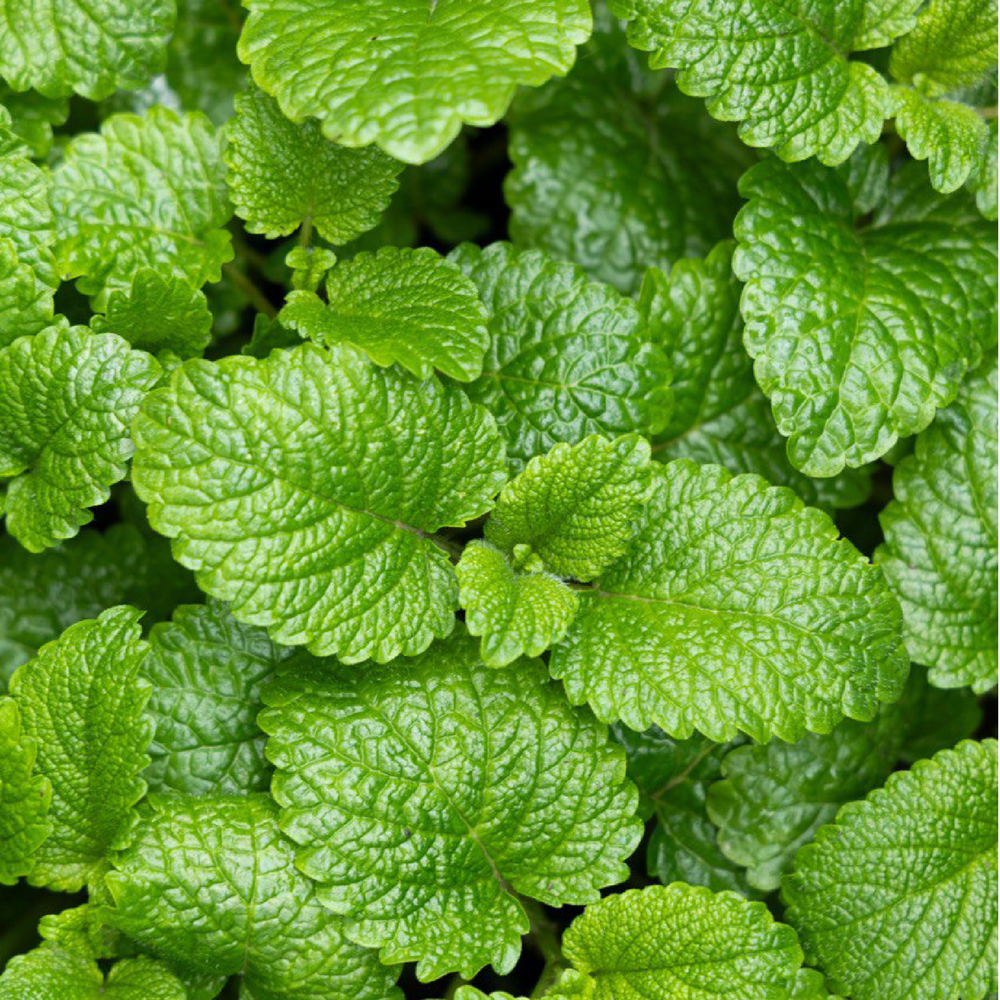بذور النعناع
- شحن مجاني إلى جميع أنحاء العالم
- متوفر في المخزن وجاهز للشحن
- تم طلبها مسبقًا، سيتم الشحن قريبًا
زراعة بذور النعناع
- التوقيت : يمكن البدء في زراعة بذور النعناع في الداخل قبل 8-10 أسابيع من الصقيع الأخير أو زراعتها مباشرة في الهواء الطلق في الربيع بعد مرور خطر الصقيع.
- التحضير : بذور النعناع صغيرة الحجم ويجب التعامل معها بحذر. قبل الزراعة، من المفيد نقع البذور في الماء لمدة 12 إلى 24 ساعة لتشجيع الإنبات بشكل أسرع.
- عمق الزراعة : قم بزراعة البذور بعمق ضحل، حوالي ¼ بوصة (0.6 سم)، لأنها تحتاج إلى الضوء لتنبت.
- التباعد : ضع البذور أو الشتلات على مسافة 18-24 بوصة بين بعضها البعض، حيث ينتشر النعناع بسرعة ويمكن أن يسيطر على الحديقة إذا لم يتم احتوائه.
- خيار الحاوية : النعناع نبات غازي، لذلك يوصى غالبًا بزراعته في حاويات للتحكم في انتشاره.
ظروف النمو
- الضوء : ينمو النعناع بشكل جيد تحت أشعة الشمس الكاملة، لكنه يتحمل الظل الجزئي. ومن الناحية المثالية، ينبغي أن يتلقى حوالي 4-6 ساعات من ضوء الشمس يوميًا.
- وقت الإنبات : تستغرق بذور النعناع عادة من 10 إلى 15 يومًا لتنبت. تحلَّ بالصبر، فقد تستغرق بعض البذور وقتًا أطول، حسب ظروف النمو.
الري
- الرطوبة المستمرة : يفضل النعناع التربة الرطبة باستمرار. قم بري النباتات بانتظام، مع التأكد من أن التربة رطبة ولكن ليست مشبعة بالمياه.
- التغطية : إن وضع طبقة من التغطية حول النباتات يمكن أن يساعد في الاحتفاظ برطوبة التربة ومنع نمو الأعشاب الضارة.
درجة حرارة
- المدى الأمثل : ينمو النعناع بشكل أفضل في درجات حرارة تتراوح بين 55 درجة فهرنهايت و70 درجة فهرنهايت (13 درجة مئوية إلى 21 درجة مئوية).
- القدرة على التحمل : النعناع يتحمل الصقيع في المناطق من 3 إلى 11 التابعة لوزارة الزراعة الأمريكية. وفي المناخات الباردة، يمكن للنعناع أن يتحمل الصقيع الخفيف ولكنه قد يموت في الشتاء وينمو مرة أخرى في الربيع.
متطلبات التربة
- النوع : ينمو النعناع في التربة الغنية جيدة التصريف بدرجة حموضة تتراوح من 6.0 إلى 7.0.
- إعداد التربة : قبل الزراعة، قم بخلط السماد أو المادة العضوية في التربة لتحسين محتواها من العناصر الغذائية وتحسين الصرف.
- تربة الحاويات : إذا كنت تزرع في حاويات، استخدم مزيجًا جيدًا من التربة للزراعة يحتفظ بالرطوبة ولكنه يصرف جيدًا أيضًا.
العناية بالنعناع
- التقليم : قم بتقليم النعناع بانتظام لتشجيع نمو أكثر كثافة. قم بقص قمم السيقان لمنع النبات من أن يصبح طويل القامة.
- التسميد : لا يحتاج النعناع إلى تسميد كثيف. ضع سمادًا متوازنًا متعدد الأغراض في الربيع لمنح النباتات دفعة، ولكن تجنب الإفراط في التسميد لأنه قد يؤدي إلى إضعاف النكهة.
- الحصاد : يمكنك البدء في حصاد أوراق النعناع بمجرد أن يصل ارتفاع النبات إلى حوالي 4-6 بوصات. يشجع الحصاد المنتظم نموًا جديدًا.
- الآفات والأمراض : النعناع مقاوم بشكل عام لمعظم الآفات والأمراض، ولكن احذر من المن، والعناكب، والأمراض الفطرية مثل العفن البودري. إذا لاحظت أي إصابة، فقم بمعالجتها على الفور باستخدام الصابون الحشري أو زيت النيم.
نصائح إضافية
- الزراعة المصاحبة : يمكن للنعناع أن يطرد الآفات مثل النمل والبعوض والمن، مما يجعله نباتًا مصاحبًا جيدًا للخضروات مثل الطماطم والملفوف.
- السيطرة على الانتشار : النعناع نبات غازي للغاية. ولمنع انتشاره إلى أماكن بعيدة، فكر في زراعته في حاوية أو استخدام حاجز للجذور لاحتواء نموه.
إذا كنت تبحث عن مجموعة متنوعة من النباتات، يرجى زيارة متجرنا على الإنترنت.
ما نقدمه في هذه الحزمة: 1 جرام من بذور النعناع
استخدم علامات التبويب القابلة للطي للحصول على معلومات أكثر تفصيلاً تساعد العملاء على اتخاذ قرار الشراء.
على سبيل المثال: سياسات الشحن والإرجاع، وأدلة المقاسات، وغيرها من الأسئلة الشائعة.


